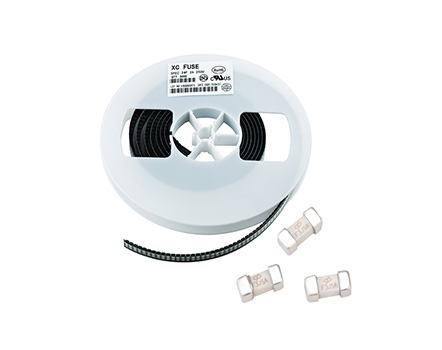
The material of fuses is usually not simply lead or tin, but alloys of various components such as lead tin alloys.
In the early days, pure lead was used as the material for fuses. Lead has a low melting point and can quickly melt when the current is too high, thereby protecting the circuit. However, pure lead also has some limitations, such as relatively low mechanical strength and susceptibility to deformation in some complex installation environments.
Tin also has a lower melting point, but pure tin is not ideal in some aspects, such as the possibility of "tin plague" phenomenon at low temperatures, which can cause changes in material properties.
Lead tin alloy combines the advantages of both. This alloy can adjust the ratio of lead and tin according to different needs to achieve the appropriate melting point. Usually, fuses of different specifications can control the melting temperature by changing the alloy composition. This ensures timely melting under overcurrent conditions and maintains stable conductivity under normal current conditions. Moreover, lead tin alloys have certain mechanical strength and stability, which can adapt to different usage environments.
In addition to lead tin alloys, modern fuses may also contain other elements such as antimony. The addition of these elements can further improve the performance of fuses, such as increasing mechanical strength and optimizing melting characteristics.
Read recommendations:
coffee maker thermostat temperature
mini blade fuse tap design.What are the application areas of glass tube fuses
mini cooper fuse box location.How to choose a fuse correctly?